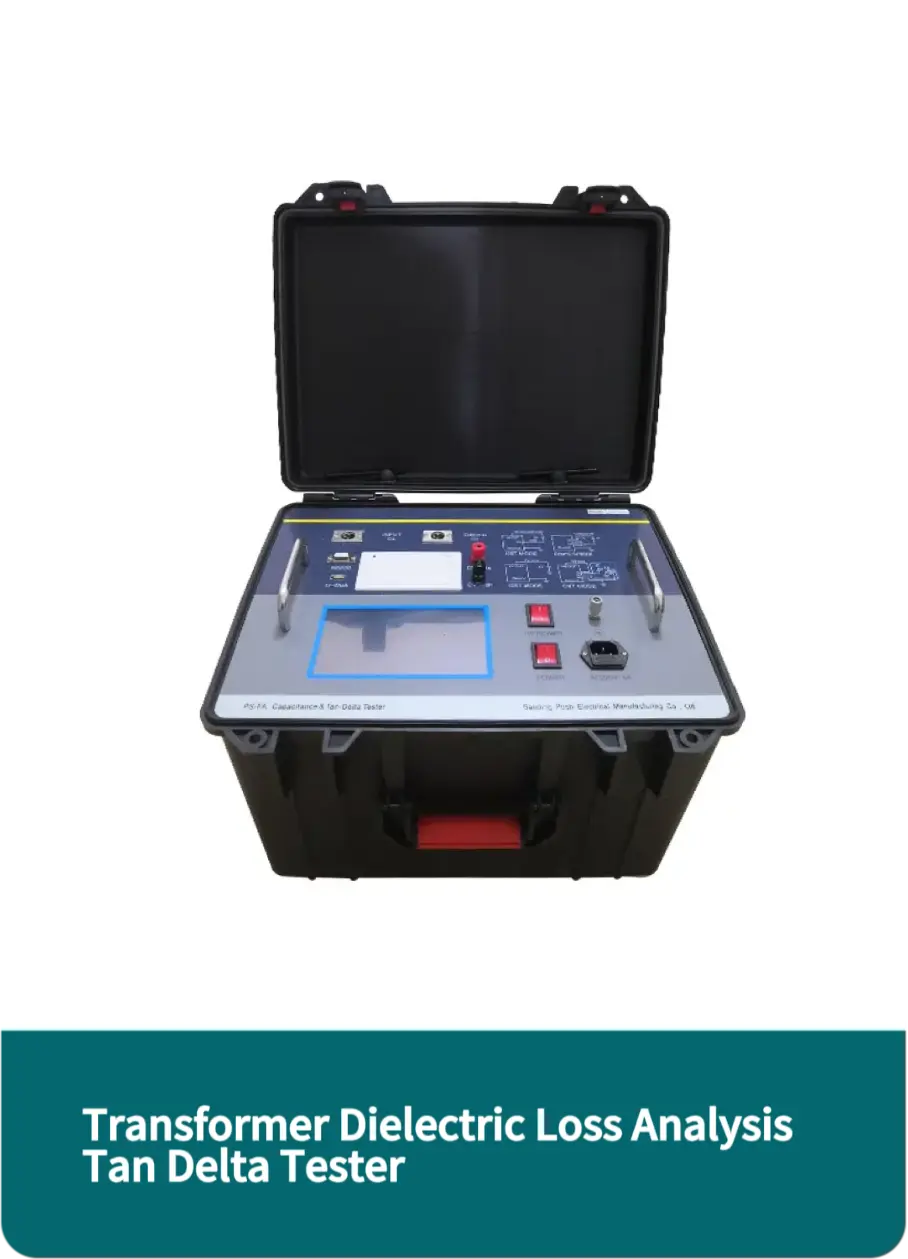 English
English



-
 Afrikaans
Afrikaans -
 Albanian
Albanian -
 Amharic
Amharic -
 Arabic
Arabic -
 Armenian
Armenian -
 Azerbaijani
Azerbaijani -
 Basque
Basque -
 Belarusian
Belarusian -
 Bengali
Bengali -
 Bosnian
Bosnian -
 Bulgarian
Bulgarian -
 Catalan
Catalan -
 Cebuano
Cebuano -
 China
China -
 China (Taiwan)
China (Taiwan) -
 Corsican
Corsican -
 Croatian
Croatian -
 Czech
Czech -
 Danish
Danish -
 Dutch
Dutch -
 English
English -
 Esperanto
Esperanto -
 Estonian
Estonian -
 Finnish
Finnish -
 French
French -
 Frisian
Frisian -
 Galician
Galician -
 Georgian
Georgian -
 German
German -
 Greek
Greek -
 Gujarati
Gujarati -
 Haitian Creole
Haitian Creole -
 hausa
hausa -
 hawaiian
hawaiian -
 Hebrew
Hebrew -
 Hindi
Hindi -
 Miao
Miao -
 Hungarian
Hungarian -
 Icelandic
Icelandic -
 igbo
igbo -
 Indonesian
Indonesian -
 irish
irish -
 Italian
Italian -
 Japanese
Japanese -
 Javanese
Javanese -
 Kannada
Kannada -
 kazakh
kazakh -
 Khmer
Khmer -
 Rwandese
Rwandese -
 Korean
Korean -
 Kurdish
Kurdish -
 Kyrgyz
Kyrgyz -
 Lao
Lao -
 Latin
Latin -
 Latvian
Latvian -
 Lithuanian
Lithuanian -
 Luxembourgish
Luxembourgish -
 Macedonian
Macedonian -
 Malgashi
Malgashi -
 Malay
Malay -
 Malayalam
Malayalam -
 Maltese
Maltese -
 Maori
Maori -
 Marathi
Marathi -
 Mongolian
Mongolian -
 Myanmar
Myanmar -
 Nepali
Nepali -
 Norwegian
Norwegian -
 Norwegian
Norwegian -
 Occitan
Occitan -
 Pashto
Pashto -
 Persian
Persian -
 Polish
Polish -
 Portuguese
Portuguese -
 Punjabi
Punjabi -
 Romanian
Romanian -
 Russian
Russian -
 Samoan
Samoan -
 Scottish Gaelic
Scottish Gaelic -
 Serbian
Serbian -
 Sesotho
Sesotho -
 Shona
Shona -
 Sindhi
Sindhi -
 Sinhala
Sinhala -
 Slovak
Slovak -
 Slovenian
Slovenian -
 Somali
Somali -
 Spanish
Spanish -
 Sundanese
Sundanese -
 Swahili
Swahili -
 Swedish
Swedish -
 Tagalog
Tagalog -
 Tajik
Tajik -
 Tamil
Tamil -
 Tatar
Tatar -
 Telugu
Telugu -
 Thai
Thai -
 Turkish
Turkish -
 Turkmen
Turkmen -
 Ukrainian
Ukrainian -
 Urdu
Urdu -
 Uighur
Uighur -
 Uzbek
Uzbek -
 Vietnamese
Vietnamese -
 Welsh
Welsh -
 Bantu
Bantu -
 Yiddish
Yiddish -
 Yoruba
Yoruba -
 Zulu
Zulu
ac hipot test acceptable leakage current
Understanding AC Hipot Test and Acceptable Leakage Current
The AC hipot (high potential) test is a crucial procedure used in the electrical industry to assess the insulation quality of electrical devices and systems. This test involves applying an alternating current (AC) voltage to a device under test (DUT) to ensure that the insulation can withstand the operating voltages encountered during typical service. A successful hipot test indicates that the insulation is effective enough to prevent electrical leakage, which could lead to failures or safety hazards.
One of the primary concerns during the AC hipot testing process is leakage current. Leakage current is the small amount of current that can flow through the insulation of a device when a high voltage is applied. This can occur due to imperfections in the insulation material, surface contaminants, moisture, or other factors that can degrade insulation performance. Understanding acceptable leakage current limits is essential for ensuring the reliability and safety of electrical devices.
Establishing Acceptable Leakage Current Limits
The acceptable leakage current during an AC hipot test is determined by several factors, including the type of equipment being tested, its operational voltage, and applicable industry standards. For example, electrical appliances and devices used in residential environments may have different leakage current thresholds compared to industrial equipment.
Typically, the acceptable leakage current values are specified in safety standards such as IEC 60990, UL 60730, and other relevant codes. These standards provide guidelines for manufacturers to determine safe operating conditions and acceptable limits. Generally, for most electrical appliances, a leakage current of 5 mA is considered an acceptable upper limit during testing. However, for products used in medical applications, this limit may be significantly lower to ensure patient safety.
Factors Influencing Leakage Current
ac hipot test acceptable leakage current

Several factors influence the leakage current during a hipot test. The quality and thickness of the insulating material, environmental conditions (humidity, temperature), and the presence of contaminants play significant roles. High humidity, for instance, can decrease insulation resistance, leading to higher leakage currents. Similarly, aging or physical damage to insulation can increase leakage, making periodic hipot testing an important maintenance practice for any electrical device.
Implications of Excessive Leakage Current
When leakage current exceeds the established acceptable limits during testing, it can indicate potential failures in the insulation system. Excessive leakage current can lead to a range of issues, including electric shock hazards, equipment damage, and operational inefficiencies.
In a safety-critical environment, such as medical devices, high leakage currents can have severe consequences, leading to regulatory non-compliance or catastrophic failures. Manufacturers must take corrective actions, which may include redesigning the insulation system, improving quality control measures, or implementing better protective schemes to reduce leakage.
Conclusion
In conclusion, the AC hipot test is an invaluable tool for ensuring electrical safety and reliability. Understanding the acceptable leakage current is critical for manufacturers, engineers, and safety professionals. By adhering to established standards and continuously monitoring the performance of insulation systems, the electrical industry can mitigate risks associated with electrical leakage, ultimately leading to safer products and improved end-user confidence. Regular maintenance and testing are not only beneficial but essential for the longevity and safety of electrical equipment.
-
Using Distillation Range Testers in the Food and Beverage IndustryNewsApr.16,2025
-
The Impact of IoT on Distillation Range Tester PerformanceNewsApr.16,2025
-
The Best Distillation Range Testers for Extreme ConditionsNewsApr.16,2025
-
How Distillation Range Testers Save Time and MoneyNewsApr.16,2025
-
Distillation Devices for Advanced Separation TechniquesNewsApr.16,2025
-
Common Mistakes to Avoid When Using a Distillation Range TesterNewsApr.16,2025



